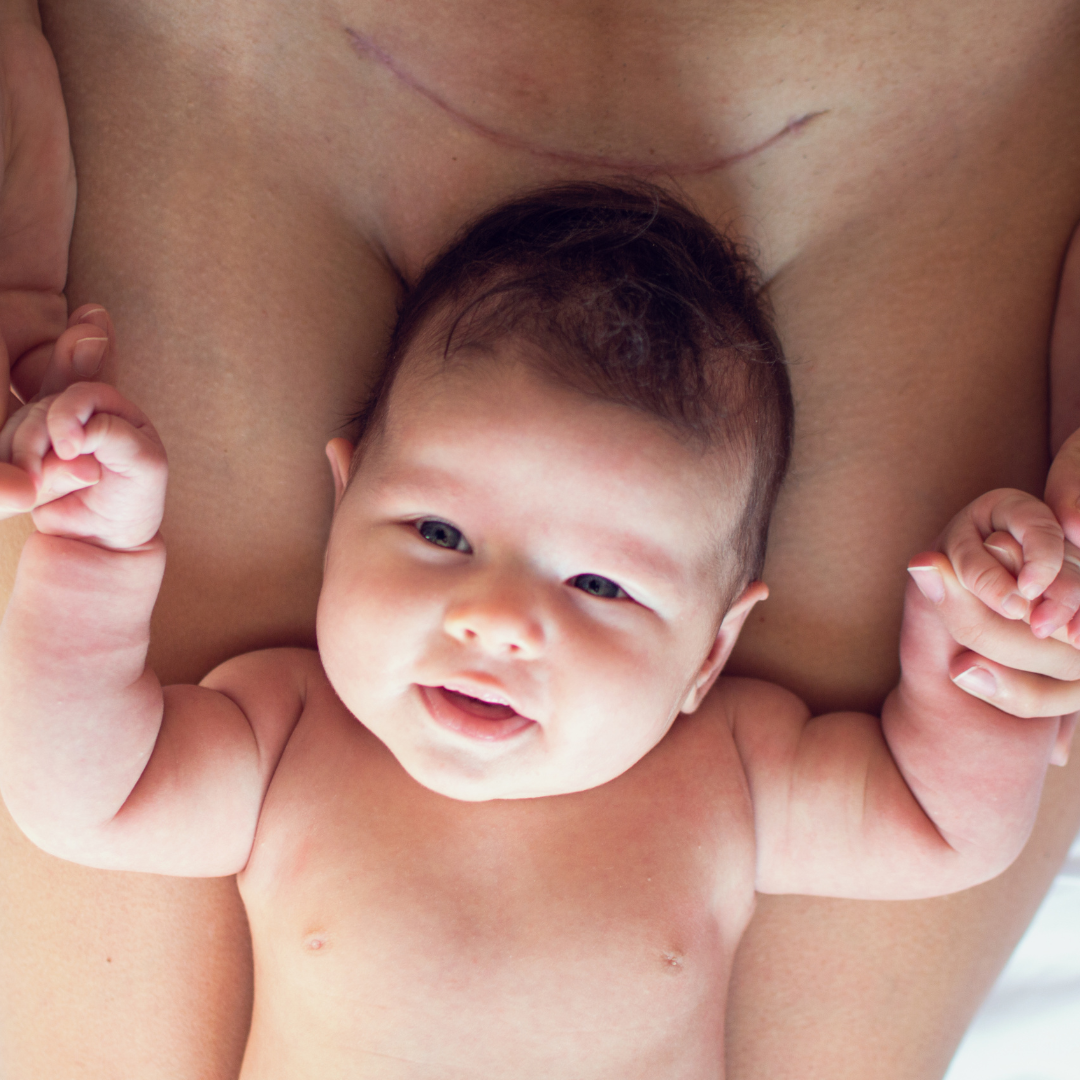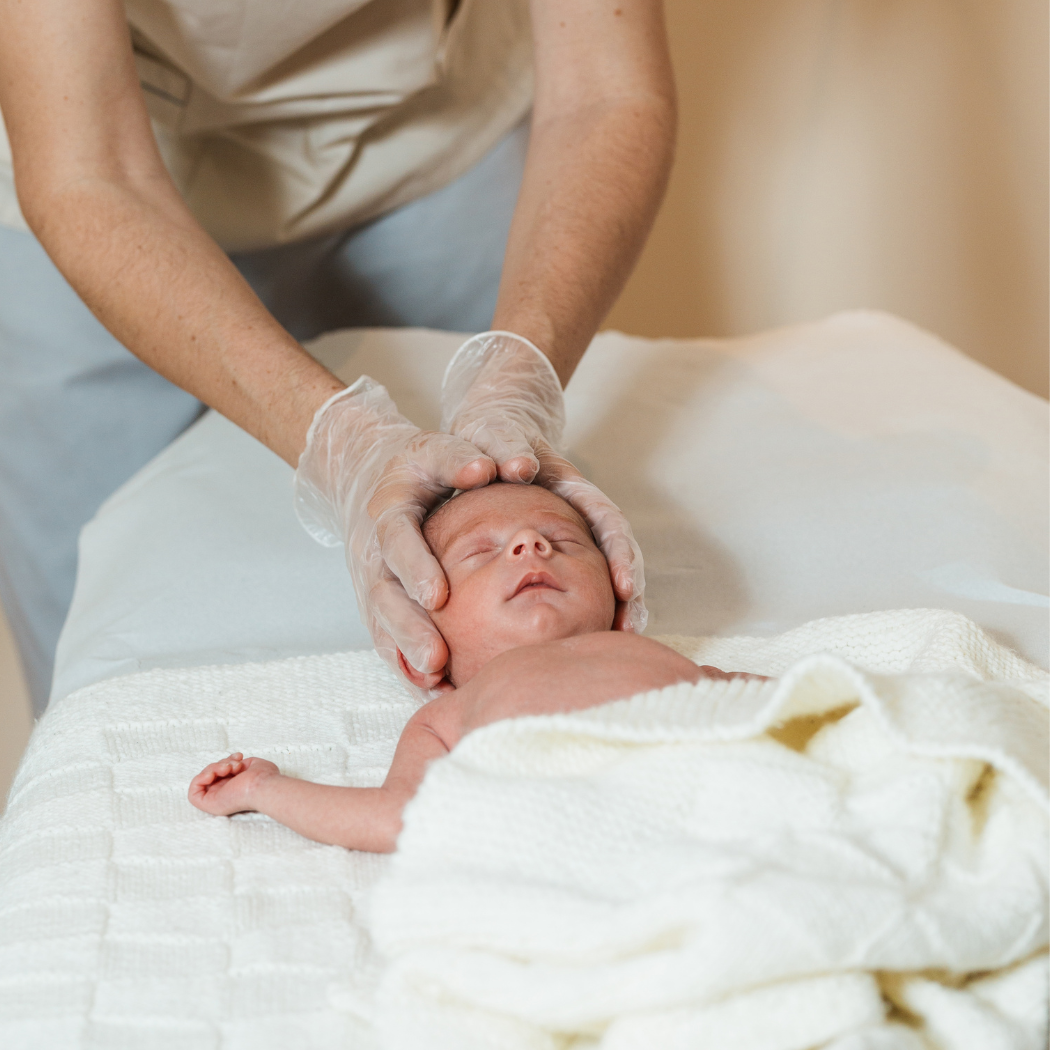

Kirsten appropriately begins her blog with “Short term thinking is a problem in maternity care. It seems to me as though a good five minute Apgar score, or normal cord blood gases, is the primary end point in far too many studies.
These things are not inappropriate outcomes to aim for, but they aren’t enough and can end up meaning professionals in clinical practice lose sight of the big picture. As a parent and birthing woman, I wanted more than for my baby to for them to simply have an Apgar score over seven when they were five minutes old.
A recently published study by Al Khalaf and colleagues (2024) serves as a good reminder to think big and long term, when we are conducting research, or making recommendations for clinical care.”
We couldn’t agree with Kirsten more, and we base our Mindful Natal® course education around parents having ALL of the information they need to make informed decisions because sadly our health care system is under so much strain, it is becoming increasingly difficult to individualise care.
The most important factor that the research found was women who had any caesarean birth (prior to or during labour) in the first pregnancy (compared to any type of vaginal birth) were 37% more likely to experience stillbirth in the second pregnancy.
Please read Dr Kirsten’s blog for more in depth information, here we are going to delve into what it means for you, making a decision on your birth choices, right now.
The first factor to consider is, what are the fundamental reasons causing you to plan to birth in this way?
Every situation comes with risks and benefits, and one will always outweigh the other. All reasons are also valid, no matter how ‘big’ or ‘small’ they may feel. So if you are worried if you are making the right decision, it’s extremely important to sit down with a trusted professional (this could be a medical professional but also an antenatal specialist such as a teacher or doula who can signpost you to credible, unbiased information) and understand the facts of the situation from evidence-based information.
Only then will you be able to make an informed decision that you are truly comfortable with. Whichever option you decide is best for you, you will feel much more confident with your decision having put time into the research.
We are here to support your decision making with our Mindful Natal® courses, including a private course tailored to planned caesarean birth.
If your preference is a vaginal birth then carefully considering how you approach this birth is key. ‘Winging it’ is not recommended. Understanding 3 main elements:
for your own individual circumstances is fundamental to reducing the chances of an unplanned caesarean birth.
They each greatly impact how your physiology unfolds throughout the process and we know that inductions and medicated pain relief options likely increase the chances of unplanned caesarean births for a number of reasons. It’s not that they are the enemy, it’s about only using them when absolutely necessary.
Mindful Natal® courses talk through these factors in depth and for your own individual circumstances so you can be confident to make informed decisions every step of the way.
You can also find evidence-based information on the PregnaHub® about each of these areas too, this is a simple subscription that you can cancel at any time.
There were two issues Dr Kirsten Small identified with the research which makes it difficult to make any assumptions for people having to make a decision about their second pregnancy, based on this research alone:
“The challenge here is that the authors didn’t analyse outcomes according to women’s intention to have a VBAC in their second pregnancy, only whether they actually gave birth vaginally. They also don’t give information about whether the caesarean section was done because the stillbirth had already occurred. This makes it difficult to use their findings to help weigh up the pros and cons to support decision making about VBAC vs repeat caesarean section.”
So, the most important factor to consider is ‘What is best for YOU’. This will be different for everyone, and there are many, many fantastic resources our there (including our Mindful Natal® courses and PregnaHub® of course!) but also:
Dr Sara Wickham: https://www.sarawickham.com/
Evidence Based Birth podcast: https://evidencebasedbirth.com/
Birth Rights: https://birthrights.org.uk/
to name a few. We do not want this information to create anxiety or fear but we also recognise it is a significant finding that may cause those emotions to arise.
Please reach out to us on hello@themindfulbirthgroup.com if we can help to sign post you to local support resources in your area or specific online resources too. The PregnaHub® ‘Ask the Midwife’ chat feature could also be extremely helpful for you.
Read the full article by Dr Kirsten Small here:

It's never been more important to use evidence-based information to make decisions and feel supported in what you feel is best for yourself and baby.

A gentle and effective approach to supporting your baby's wellbeing.

Pregnancy and parenthood bring big changes, and without the right support, they can lead to increased stress, time away from work, and employees feeling they have no choice but to leave.